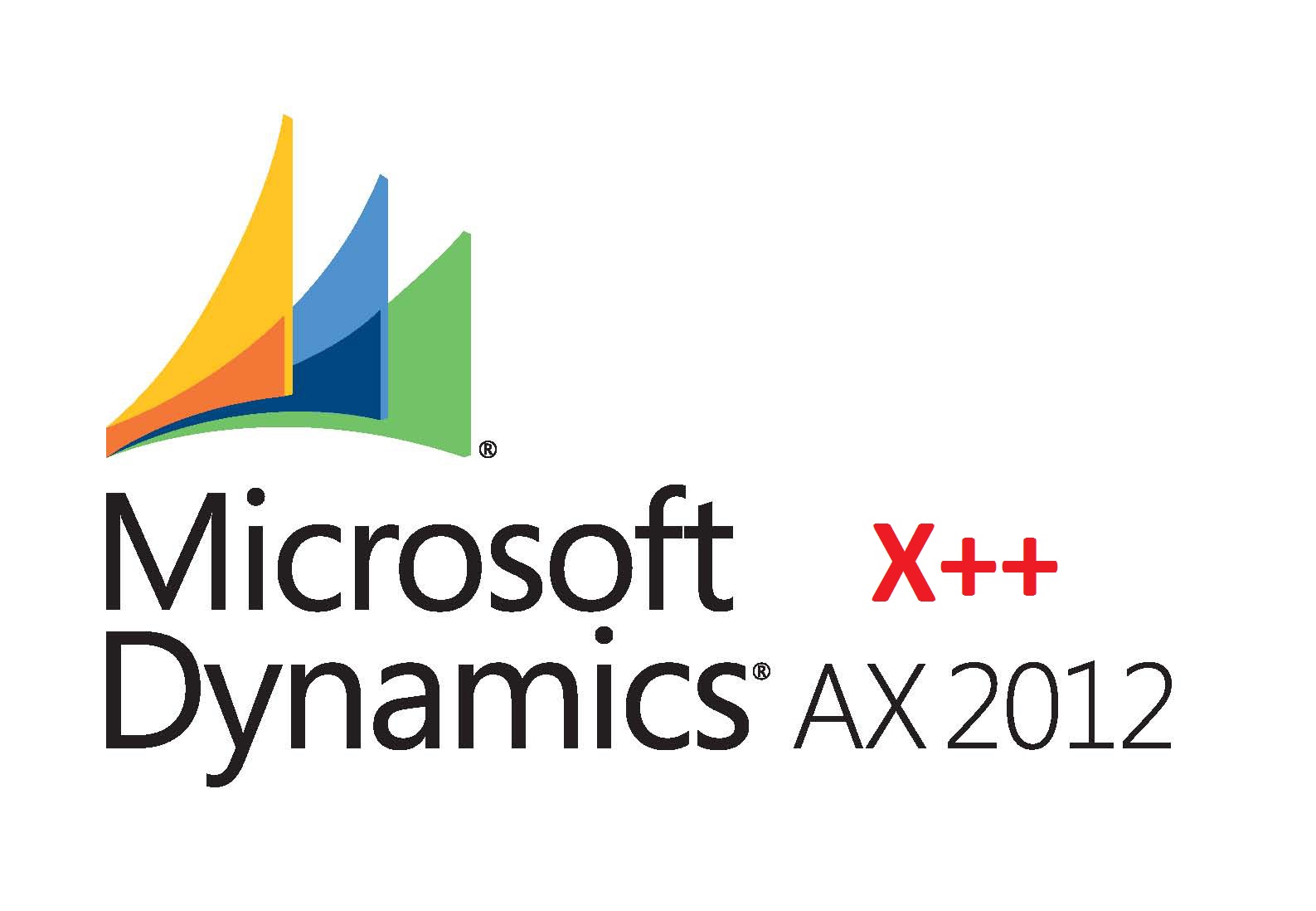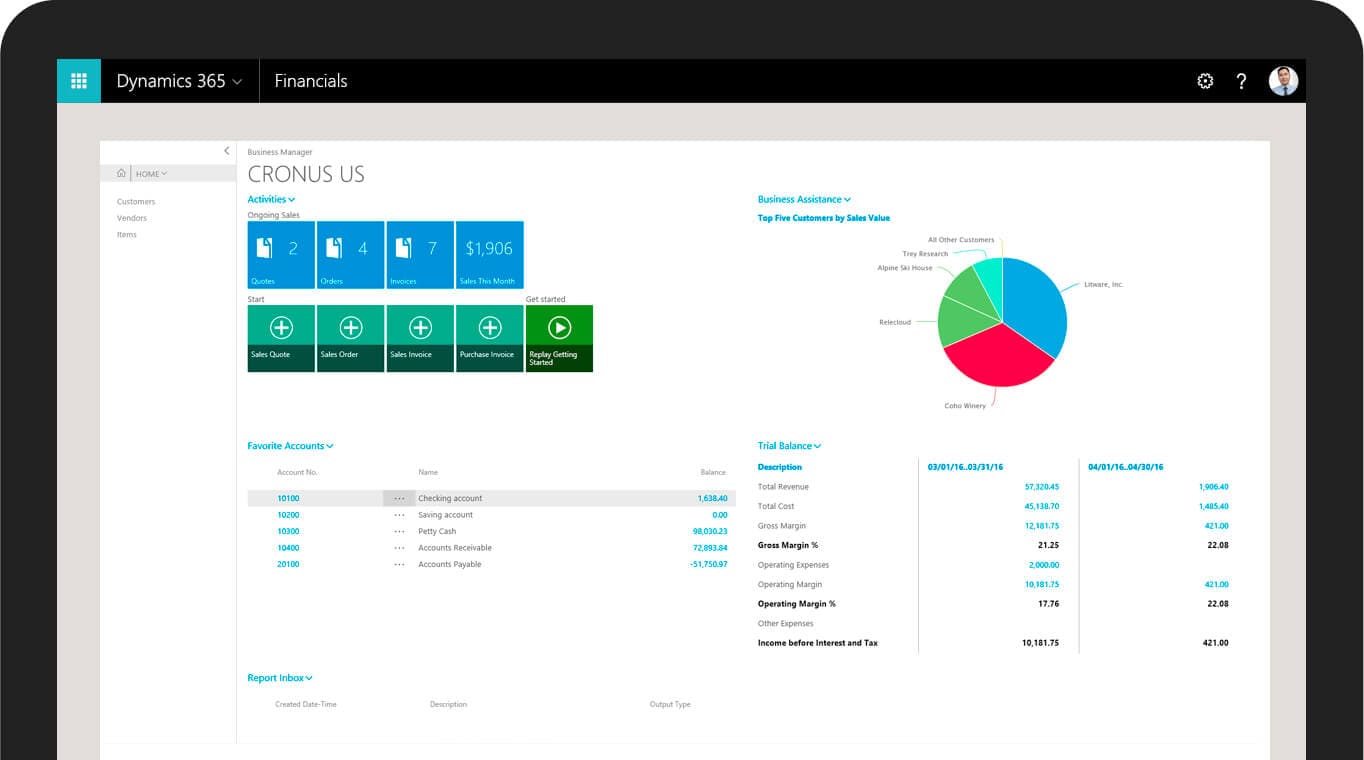A lot of people tend to get confused between the Microsoft Dynamics CRM and the Dynamics AX CRM, since they sound pretty similar. They are however two completely different systems that offer different functionality. In this post, we’ll take a look at some of these differences and see what makes these two systems distinct from each other.
For starters, MS Dynamics AX 2012 is a complete ERP system whereas Microsoft Dynamics CRM is a standalone CRM system. They are two different products from the same company. Since Dynamics AX is a complete ERP system, it can be used to manage a business’ entire operations like Warehousing, Finance, Trade & Logistics, Production, Accounting, Master Planning, CRM and HR. Whereas the Dynamics CRM system is a standalone CRM product from Microsoft that provides Sales, Marketing and Service Management capabilities only via individual modules. The Dynamics CRM is a standalone web application whereas Dynamic AX 2012 is a complete business solution, which also offers CRM functionality via an integrated module – the Dynamics AX CRM.
Since the Dynamics AX CRM module is part of the overall Dynamics AX ERP, it provides deep integration with other modules in the ERP, as well as features like product configuration, flexible pricing, service management and project management capabilities. It does however lack some of the more traditional capabilities offered by CRM systems. The main differences being in the use of connected/disconnected features, native integration with Outlook and the way in which typical CRM systems handle some processes, particularly relating to Sales Orders Management and Service.
In short, the Dynamics AX CRM module covers the functional scope offered by typical CRM systems like the Microsoft Dynamics CRM such as the ability to manage Opportunities, Activities, Quotations, Sales Orders, Service Agreements, etc., but the way it provides this functionality is what separates it from the Dynamics CRM and other typical CRM Systems. For example, if you want to share data from the Dynamics AX CRM module, the Dynamics AX platform is its preferred medium for data sharing. If however you need to share data with other systems or require some other functionality not supported by the system, you will need to develop and implement that functionality via custom coding.
The Dynamics CRM system on the other hand is much easier to use and customize, as it provides a lot of options and is also more “plugged” to the MS Office suite.
Similarly in terms of Mobility, the Dynamics CRM and the Dynamics AX CRM module are vastly different. The Dynamics CRM (whether online or on premise) for example is natively integrated with MS Outlook thanks to the “Dynamics CRM Outlook Connector”, but also offers a pre-built “mobile view” that controls the way information is displayed on mobile devices. It enables you to easily synchronize your emails, agenda, contacts, tasks and also maintains a light SQL database copy that allows you to work while offline.
The Dynamics AX CRM module on the other hand also offers native synchronization with MS Outlook but you need to install some add-ons for mobile devices, in order use it.
The Dynamics CRM system is also considerably cheaper than the Dynamics AX CRM, since the latter involves purchasing an entire ERP solution. The Dynamics CRM is also available for any browser or mobile device like iPhone, iPad, Android.
Likewise, for multi company usage and Sharing of data, since the Dynamics AX CRM is part of an ERP, it offers more tighter integration with other modules in the system, specially Finance, Stocks, and if relevant, Projects and/or Services, with a real time view of all transactions. In the MS Dynamics CRM, you can reproduce this with a small setup, not with large scale usage. You can interface with external systems though.
The Dynamics AX CRM also provides the option to setup virtual companies, via which you can share data with several companies across your organization. Whereas in the Dynamics CRM the data needs to be duplicated and synchronized from one company to another, if data sharing is required.
Similarly, for running marketing campaigns both the Dynamics CRM and Dynamics AX CRM offer advanced tools for building distribution lists and for distributing info to these lists. Both products also offer tools to build questionnaires in addition to providing response analysis tools
For capabilities related to Services, both products offer contract management, case management and service description features, with the ability to follow up on requests. The Dynamics AX CRM however offers deeper integration with the item database.
In terms of Opportunity management features, both Dynamics AX CRM and the Dynamics CRM distinguish “leads” from other types of prospects and/or customers. Both products provides features for managing activities around opportunity management.
In the Dynamics AX CRM though, you can use virtual companies to extend the duplicate detection functionality, which allows to detect duplicates at the group level (by sharing the Global Address Book). This practice is rarely done though.
The Dynamics AX CRM also requires X++ skills in order develop and implement any customizations, while the Dynamics CRM customizations can be done using.NET and other related components
These are just some of the high level differences. The table below will give you the complete list of differences that make these 2 system distinct from each other. http://dynamicsuser.net/forums/t/52986.aspx
Microsoft CRM Comparison Summary
| AX CRM | Dynamics CRM | |
| Deployment Options: | On-Premise or Partner Hosted | Cloud, On-Premise or Partner Hosted |
| UX / User Adoption: | The UI resembles a desktop or fat client interface. Some simple configuration to the UI is possible, but overall the presentation layer is highly linear and rigid. The UI delivers an immediate message that this product is much more of a work horse than a show pony. | More of an Office-fluent or consumer web application UI. Also takes advantage of hover-over controls to dynamically display the process flow navigation control and other as-needed elements. Much more contextually aware which increases ease of use and delivers a more personalized and relevant experience. |
| Sales: | Handles the basics of account and contact management, opportunity management and pipeline/forecast reporting. However, generally requires that these processes stay within the constructs of the application software. Areas of unique strength include tighter ERP integration (i.e. see inventory availability with inbound receipts and other sales orders for items), the product configurator and support for complex price lists. For example, from Quote or Order, you can do Price Simulation modeling to see how a particular discount will impact margins and contribution ratio. | Also handles all the SFA processes, but permits much more flexibility, such as more user-defined sales cycle management (custom stages with stage-gating, etc.), bespoke activity types with custom controls, Goal Management/Team Management (great for quota management), workflow tools for notifications and process automation, collaboration tools (i.e. embedded enterprise network (aka internal private network) via the Yammer integration) and much more flexible and visual reporting. Also, offline operation and mobile CRM are strong advantages for traveling sales pros. |
| Marketing: | Supports basic marketing software feature sets such as campaign profiles, target lists, simple (single) distributions and elementary reporting. | Takes marketing a step further with improved campaign templates, segmentation, lead assignment with workflow, de-dupe process, conversion and response tracking and richer lead management and ROI/ROMI reporting. Integration to MarketingPilot also delivers advanced Marketing Resource Management (MRM) capabilities. |
| Service: | More oriented to service management. Offers tighter integration with inventory items for service requests and better accommodates field service, technician dispatch, service agreements with customer contracts, time capture and invoice generation. | More oriented to help desks, call centers and contact centers needing flexible customer service with case or incident management, escalations, queue management, knowledge-base, business rules and more comprehensive reporting. |
| Project Management: | Yes | No |
| Mobile: | No (discontinued) | Yes, ubiquitous device support |
| Tablet: | No | Yes, iPad, Android and Surface |
| Offline: | No | Yes |
| Outlook Integration: | Integration is achieved with a plug-in. It’s a batch integration that syncs Contacts, Tasks and Appointments, but not email (only one-way integration, from AX to Outlook). | Native and real-time integration with full email sync. Users can access full CRM from Outlook. Also supports features such as automated email to lead, opportunity or case conversions. |
| Web Client: | Some features supported | All features supported |
| Social Media Integration: | No | Yes, but limited to internal social network (via Yammer integration) |
| Reporting: | Basic dashboards and reports. No frills reporting for sure. | Flexible dashboards, more extensive reporting and business intelligence (BI) via PowerView. |
| SharePoint Integration: | Dashboards, Reports, Role Centers, Document Management | Document Management |
| Other MS Integration: | Bing Maps | Yammer, Bing Maps, Lync, Skype |
| Client: | Fat client or SharePoint | Browser or Outlook |
| Flexibility: | Largely customization | Both configuration and customization, especially flexible with xRM framework |
| Development Platform: | IDE called MorphX, which itself uses a code editor called X++. Mods are typically done in X++, but some work can be done in .Net. | .Net |
| Database Architecture: | Single Tenant | Multi-Tenant |
| Upgrade Frequency: | Annual | Quarterly |
| Eco-System: | Not really | Dynamics Marketplace offers many pre-integrated solutions for quick expandability |
References http://www.crmsearch.com/dynamics-crm-ax.php








